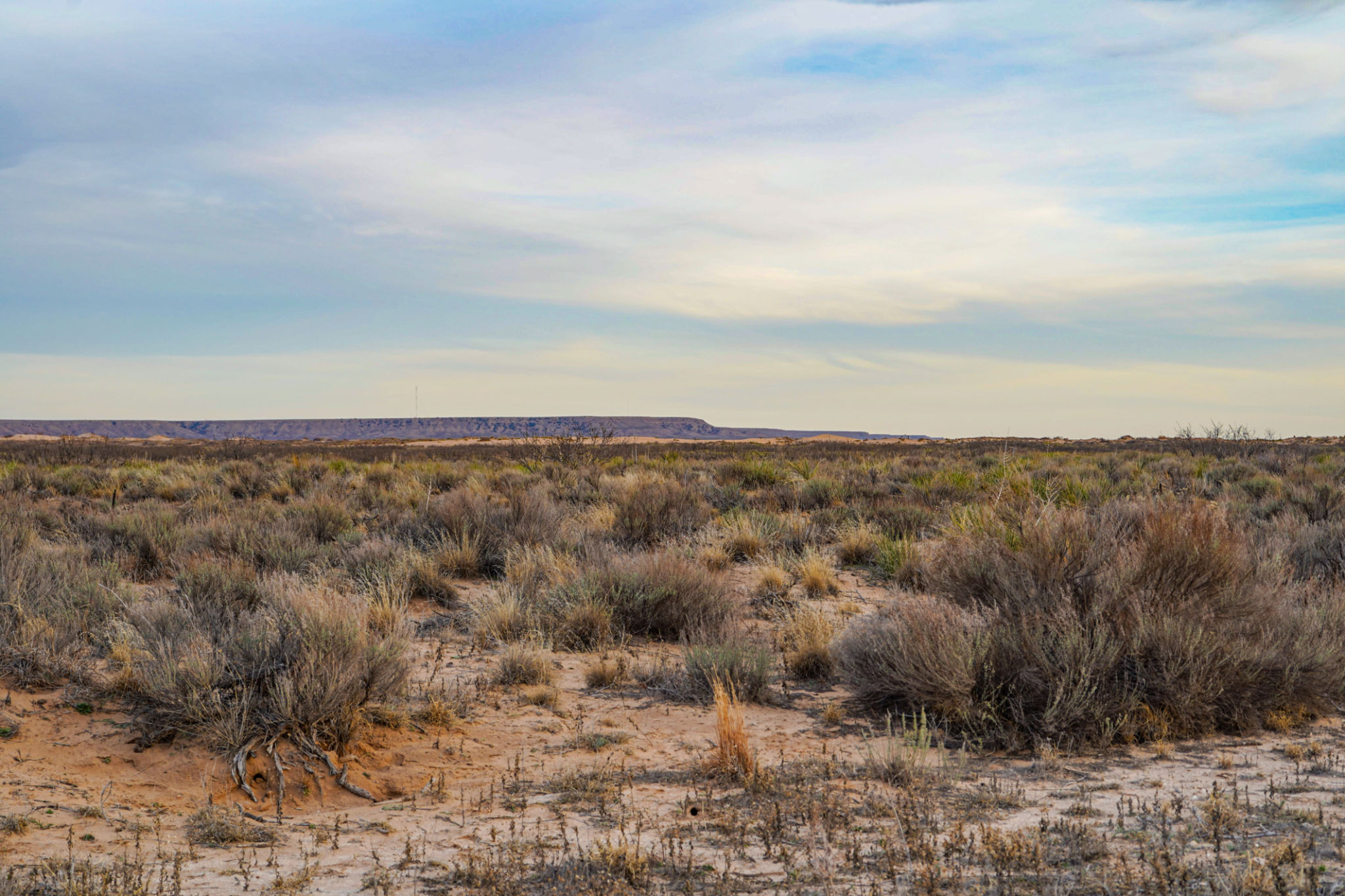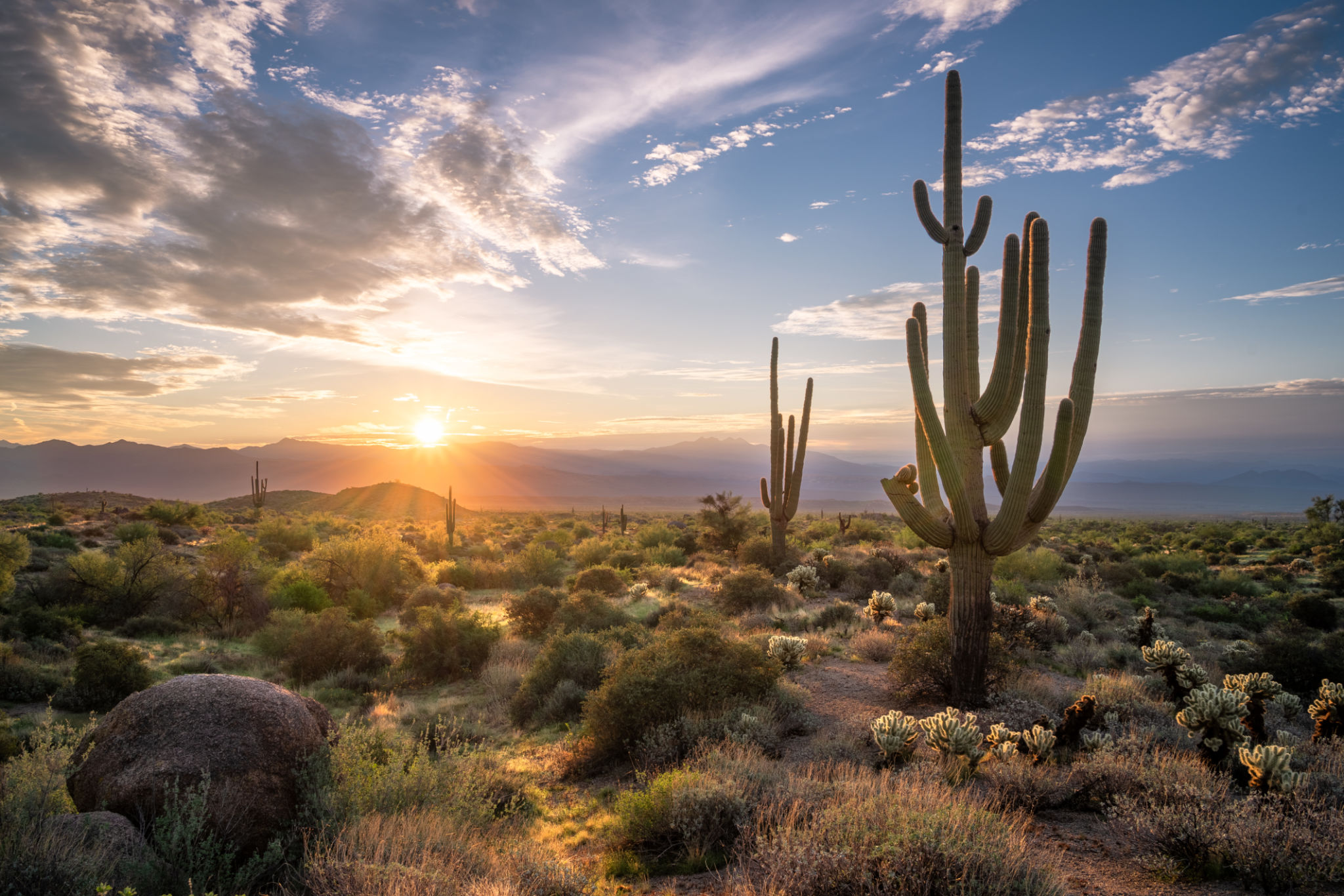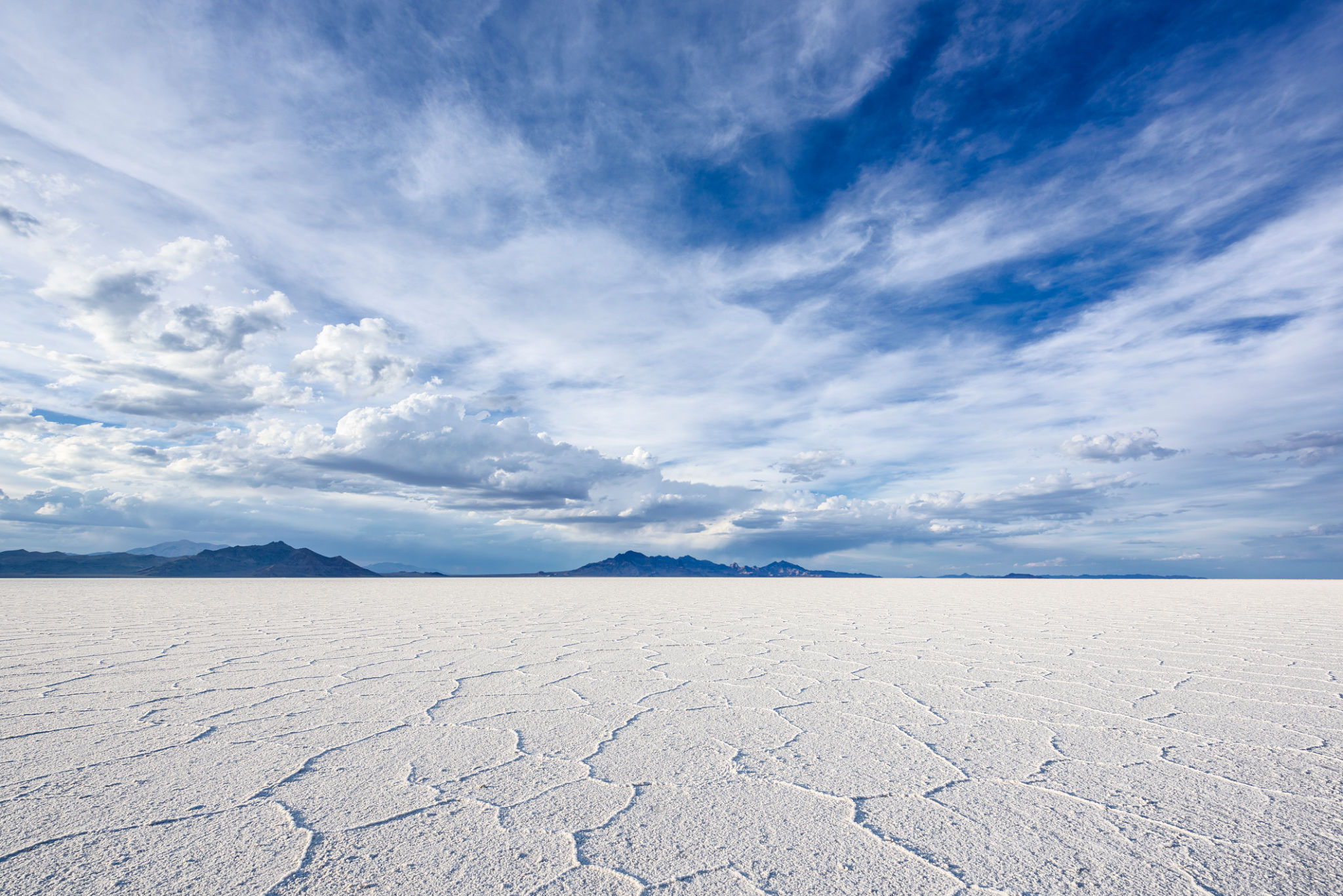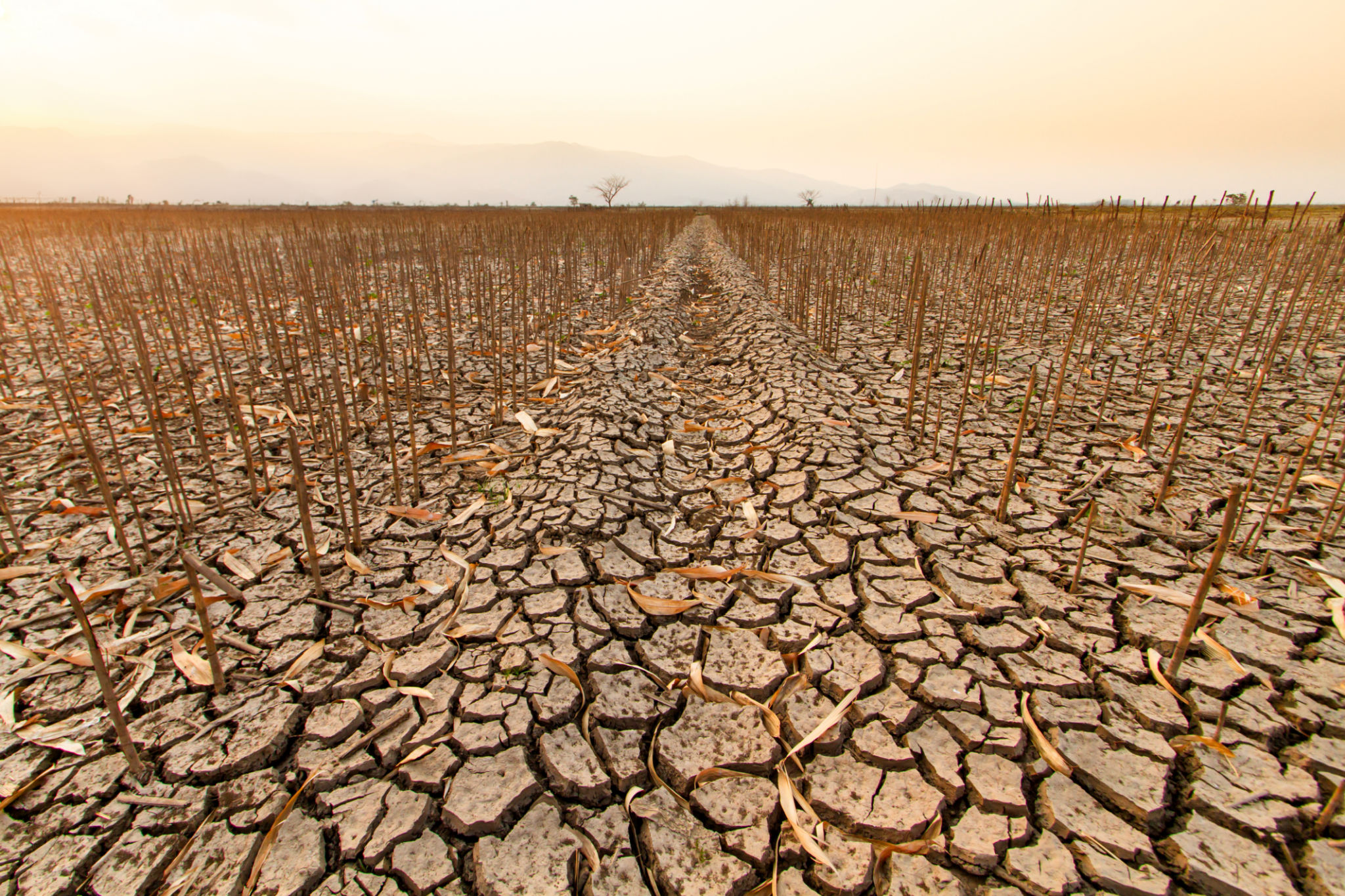How to Capture Stunning Desert Photos: A Guide for Photographers
Understanding the Unique Beauty of the Desert
Desert landscapes offer a breathtaking array of opportunities for photographers. From expansive dunes to rugged rock formations, capturing the essence of these arid regions requires a mix of technical skill and creative vision. The play of light and shadow in the desert can result in stunning images that truly stand out.

Choosing the Right Equipment
To capture the stark beauty of the desert, it's essential to select the right gear. A DSLR or mirrorless camera with a wide-angle lens is ideal for capturing vast landscapes. Consider bringing a telephoto lens to zoom in on distant subjects like wildlife or unique rock formations. Don't forget a sturdy tripod to stabilize your shots, especially when shooting in low light conditions.
Timing is Everything
Shooting during the golden hours—just after sunrise and before sunset—can enhance the natural beauty of the desert. The soft, warm light during these times adds depth and dimension to your photographs, highlighting textures and colors that are often lost under harsh midday sun.

Composing Your Shot
Composition is crucial when photographing desert landscapes. Use leading lines such as trails or dune ridges to guide the viewer's eye through the image. Experiment with framing techniques, such as using cacti or rock formations to create a natural border around your subject, adding intrigue and context to your shots.
The Power of Perspective
Playing with perspective can transform a simple desert scene into an extraordinary photograph. Get low to the ground to emphasize patterns in the sand or climb to a higher vantage point to capture the sweeping vistas below. Changing your angle can reveal unexpected details and create more dynamic images.

Mastering Light and Shadow
Deserts are known for their dramatic contrasts between light and shadow. Learning how to use these contrasts can elevate your photography. Look for opportunities where light casts long shadows across sand dunes or highlights the rugged surfaces of rocks. These elements can add depth and interest to your images.
Post-Processing Tips
Post-processing is an essential step in refining your desert photographs. Use editing software to adjust exposure, contrast, and saturation to bring out the vivid colors and textures captured in your shots. Consider converting some images to black and white to emphasize tonal contrast and create a timeless feel.
Planning and Preparation
Before heading out, research the specific desert location you plan to visit. Understanding weather patterns, terrain, and local wildlife can help you anticipate the best photographic opportunities. Always carry essentials such as water, sunscreen, and appropriate clothing to ensure a safe and comfortable experience.

By following these guidelines, you'll be well-equipped to capture stunning desert photographs that showcase the unique beauty of these incredible landscapes. Whether you're a seasoned professional or an enthusiastic amateur, the desert offers endless possibilities for creative exploration.
